There’s a broad consensus among child development experts and researchers that restraint or seclusion should only ever be used with students when they pose an imminent danger to themselves or others. That’s because restraining or secluding students can cause serious physical injury—even, in rare cases, the death of a child—and lasting emotional trauma. Yet, journalistic accounts indicate that many schools continue to use these practices, often in unwarranted circumstances.
In this post, we explore the continued overuse of seclusion and restraint in our nation’s public schools. We examine data from the U.S. Department of Education’s Civil Rights Data Collection to explore the prevalence of seclusion and restraint and examine which student groups are most often subjected to these practices. We then describe (some) states’ efforts to curtail the use of restraint and seclusion in school—and discuss what local, state, and federal leaders could do to stop these practices in the years ahead.
What is restraint and seclusion, and how often is it used?
Restraint and seclusion refer to school-based practices intended to either limit a student’s movement or deescalate unsafe behavior. Restraint involves the immobilization of a student’s body by an adult or using some type of device (e.g., handcuffs). Seclusion involves isolation in a locked room or an area from which a student cannot voluntarily leave.
Recognizing the real potential for serious physical harm associated with these practices, the U.S. Department of Education (ED) and its Office for Civil Rights (OCR) have released guidelines for school personnel that stress that restraint and seclusion should only ever be used if a child’s behavior is putting themselves or those around them in imminent physical danger. For children with disabilities, OCR warns that the repeated use of restraint and seclusion is unjustified. OCR also stresses that it is unlikely that the repeated use of restraint or seclusion of a student without disabilities could ever be justified. That’s because repeated instances of aggressive or disruptive behavior should prompt school administrators to evaluate whether the student has a disability and/or identify approaches to prevent the escalation of dangerous behaviors.
Even though federal guidelines imply that restraint and seclusion should be rarely used in U.S. public schools, especially for students with disabilities, the best available data tell a different story. According to OCR’s Civil Rights Data Collection, 101,990 students were secluded or restrained in their public schools during the 2017-2018 school year.1 What’s worse, experts believe these numbers severely underestimate the true prevalence of these practices, since they rely on schools to self-report their use (which is, at least in some circumstances, illegal). As evidence of underreporting, they point to the fact that 70% of school districts report zero instances of restraint and seclusion to the federal government despite documented cases of parents reporting that their children were restrained or secluded in those very same districts. A 2020 report from the U.S. Government Accountability Office was also critical of the U.S. Department of Education’s quality control processes used to verify the restraint and seclusion data reported by school districts.
The use of restraint and seclusion is also an issue of equity given an abundance of evidence that schools disproportionately restrain and seclude students with disabilities and students of color. According to the 2017-2018 CRDC, while students with disabilities (SWDs) make up 13% of public school enrollment, SWDs account for over three-quarters of students subjected to these practices. Black students are also significantly overrepresented in these numbers. Black students make up 15% of public school enrollment but also 35% of students who were subjected to seclusion and 34% of those subjected to mechanical restraint.
What are the effects of restraint and seclusion?
Among mental health professionals, practitioners widely agree that being restrained or secluded is physically and psychologically traumatizing. Experts also stress that the potential for serious physical injury is always present when school staff use restraint or seclusion with students. As an example, disability advocates have documented several instances of children experiencing bodily harm—including lesions, concussions, and broken bones—as a result of school-based restraint practices. The traumatizing consequences of restraint and seclusion can also extend to children’s parents and family members, who report deleterious effects on their own physical and mental health in the wake of their children’s exposure to these dangerous practices.
What federal and state policies exist to limit these practices in schools?
There are currently no federal policies limiting the practice of restraint/seclusion in school, though the 2024 Democratic National Committee platform includes a proposal to end the use of physical restraint in schools. OCR has released guidance on the use of restraint and seclusion, but unless schools use these practices in ways that violate federal disability or anti-racial discrimination law, ED does not have the authority to hold schools accountable for the inappropriate employment of these practices.
In the absence of federal legislation, several states have taken action to curb instances of seclusion and restraint, though to varying degrees of success. Fewer than half of states (20) ban the use of mechanical restraint in all instances (an additional four states ban the use of restraint in all instances for SWDs). More states have passed bans on the use of restraint and seclusion in any event other than an emergency, though what constitutes an emergency is often only vaguely defined. And about half of states ban the use of any type of restraint that impedes breathing—including prone restraint.
Despite the state efforts to limit these practices, a supreme lack of oversight of the use of restraint and seclusion remains. And that’s because there are no clear ways to hold schools accountable for violations of state law. Take, for example, a 2016 law passed in Michigan that aimed to ban the use of restraint and seclusion statewide. A 2022 report from Detroit Free Press found that despite the state’s efforts, school personnel restrained and secluded students approximately 94,000 times over the five years after the law was first passed. What’s worse, four out of five students who were restrained or secluded during this period were students with disabilities. The report also documented several instances of students with disabilities experiencing repeated exposure to these dangerous practices. One explanation put forth for the failed state-level effort in Michigan is the lack of penalties for schools and school personnel found in violation of the law—a design flaw that former Lt. Gov. Brian Calley (the bill’s architect) argued was necessary to procure the votes needed for the bill to pass.
How can federal and state policy be leveraged to limit the use of restraint and seclusion?
One clear lesson to take away from the rollout of state efforts to ban restraint and seclusion is that policy design matters. A lesson both federal and state policymakers should heed.
Lawmakers at both the federal and state level should consider passing legislation that explicitly bans the use of restraint and seclusion in public schools. That legislation should include clear accountability mechanisms whereby families have accessible and direct avenues to report the inappropriate use of restraint or seclusion to either their state education agency or some other governmental office (something notably absent from existing state law). Also, schools and school administrators must be held responsible for violations of the law; state education agencies should actively monitor districts’ compliance with the law and intervene where schools are continuing to rely on restraint and seclusion in illegal ways. States that have already put limits on the use of restraint and seclusion should consider additional legislation to ban the use of restraint and seclusion entirely and ensure that schools are complying with state policy.
Finally, the continued prevalence of these practices underscores a clear need for improved pre-service and in-service training and support for educators, particularly those who work closely with students with disabilities.
Students and their families—and especially students with disabilities—are entitled to a public education free of practices widely considered traumatic and dangerous.
-
Acknowledgements and disclosures
Special thanks to Guy Stephens, the founder of the Alliance Against Seclusion and Restraint, for his insights.
-
Footnotes
- The most recent data released by the Civil Rights Data Collection (CRDC) were collected during the 2020-2021 school year during which a majority of public school students were attending school remotely for at least a part of the school year due to the COVID-19 pandemic. As such, reports of restraint and seclusion dropped dramatically (52,800 students were secluded or restrained). Though, because of the unique circumstances characterizing the 2020-2021 school year and resulting CRDC data, we report the 2017-2018 figures here.
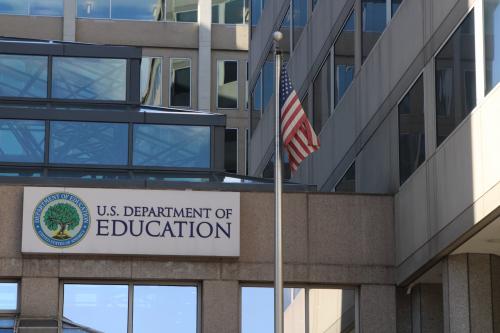
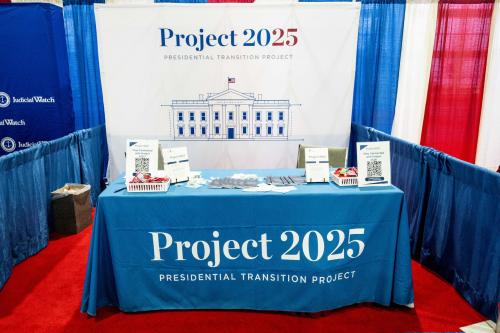
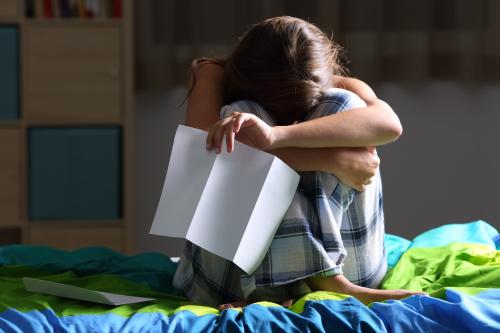


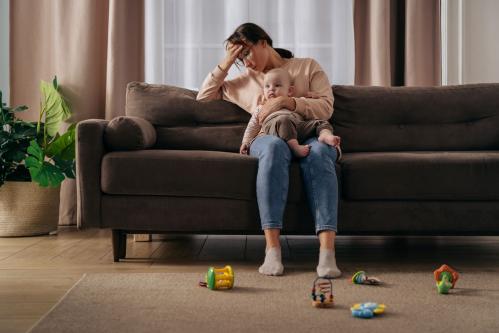
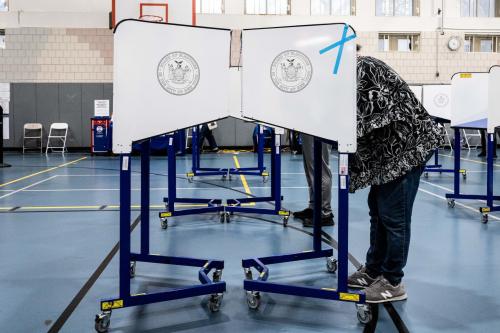

Commentary
Restraint and seclusion: How policy has failed to curtail the use of dangerous practices in US public schools
October 8, 2024